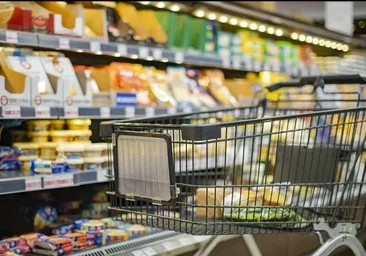The global supermarket landscape is entering a decisive new chapter as autonomous retail technologies become commercially viable. The launch of the world’s largest autonomous supermarket at NRF 2025 has officially moved the concept from theoretical innovation to operational reality. This development signals a monumental shift in how consumers will shop, how retailers will run stores, and how the food industry will manage profit, labour, and efficiency in the decade ahead.
At the centre of this transformation is a powerful combination of computer-vision cameras, weight-sensitive shelving, and AI-powered behavioural analytics. These technologies work together to create what technologists call a “virtual basket”, a real-time digital representation of every product a shopper picks up or returns. As customers walk through the store, their basket updates automatically without any barcode scanning, human intervention, or checkout queue.
For retailers, the implications are immense. Removing traditional checkout frees staff for higher-value tasks such as fresh-food preparation, customer service, and store presentation. Operators of autonomous stores report higher basket sizes, faster throughput, reduced labour dependency, and improved accuracy in inventory management.
Consumers benefit from shorter trips, fewer bottlenecks, and a smoother shopping experience. For busy urban areas, autonomous formats offer a significant competitive advantage: they can operate effectively even during staffing shortages and peak periods.
Nonetheless, autonomous retail requires substantial investment. The costs of advanced sensor technology, ceiling-mounted cameras and AI infrastructure remain high. Retailers also face important questions about privacy, transparency and data storage.
Yet the direction of travel is clear. Autonomous supermarkets have shifted from novelty to inevitability. With major global retailers now actively testing or rolling out this model, the next five years are expected to bring widespread adoption. The supermarket of the future will be faster, smarter, more automated — and increasingly self-running.

